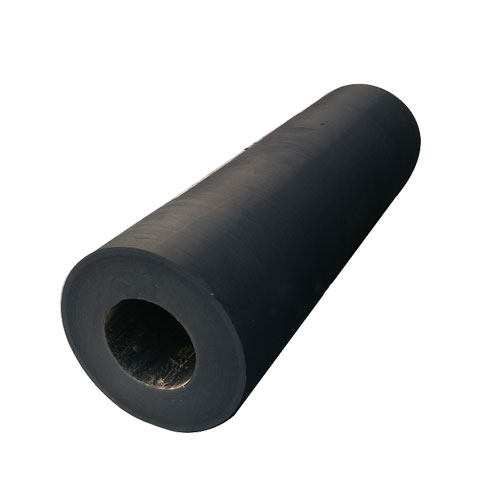Impact of Vessel Size on the Design Considerations and Requirements for Rubber Fenders
The maritime industry is in a constant state of expansion, marked by the increasing size and sophistication of vessels. This growth presents a myriad of challenges for port infrastructure, particularly in the realm of rubber fenders. This article explores the critical role of rubber fenders in maritime operations, focusing on the implications of vessel size on the design considerations and requirements for these essential components.

The Crucial Role of Rubber Fenders in Maritime Operations:
Rubber fenders serve as pivotal shock absorbers during berthing and mooring activities, adapting to various vessel specifications and port environmental conditions. Their primary function is to absorb kinetic energy, minimizing impact forces and safeguarding both the vessel and the berthing structure.
Factors Influencing Rubber Fenders Based on Vessel Size:
Vessel Size's Impact on Rubber Fenders:
The size of a vessel plays a decisive role in determining the type, size, and arrangement of rubber fenders necessary for a specific berthing facility. Larger vessels, with their increased mass and kinetic energy, demand robust and strategically positioned fender systems capable of absorbing and distributing the substantial stresses generated during berthing.
Key Design Considerations and Requirements for Rubber Fenders Catering to Large Vessels:
Arrangement and Spacing:
Tandem and Triple Fender Systems: Larger vessels often utilize tandem or triple fender systems to evenly distribute impact forces and mitigate localized structural stress.
Fender Piles and Frames: The arrangement of fender piles and frames must be customized to match the size and berthing characteristics of larger vessels, requiring high-quality rubber compounds to resist repeated collisions and ensure an extended service life.
Material Considerations:
Quality and Durability: The greater mass and force of larger vessels necessitate high-quality rubber compounds for fenders, ensuring durability against repeated impacts and an extended service life.
Reinforcement: Designs may incorporate reinforced steel frames or other materials to enhance fender strength and durability when subjected to the substantial forces exerted by large vessels.

Environmental Conditions:
Harbor Dynamics: A comprehensive understanding of harbor conditions, including currents, wind, and wave patterns, is essential for designing fenders that can perform effectively under varying circumstances.
Corrosion Resistance: Fenders for large vessels in ports exposed to corrosive environments must incorporate materials resistant to corrosion to maintain structural integrity.
Port Infrastructure Upgrades:
Dredging and Deepening: Ports accommodating larger vessels may require dredging and deepening projects to maintain sufficient water depth for berthing and prevent hull damage from shallow waters.
Structural Enhancements: Berthing structures may need reinforcement and adjustments to accommodate the increased forces exerted by larger vessels.
Conclusion:
As the maritime industry grapples with the growing size and capabilities of vessels, a careful assessment of the impact of vessel sizes on rubber fender requirements is imperative. Engineering solutions must evolve to meet the demands of larger vessels, ensuring maritime safety, preventing structural damage, and contributing to the overall efficiency and sustainability of port infrastructure. In the face of continued vessel expansion, the innovation and adaptation of rubber fender technologies remain indispensable to the future of maritime infrastructure.
- Art
- Causes
- Crafts
- Dance
- Drinks
- Film
- Fitness
- Food
- Jogos
- Gardening
- Health
- Início
- Literature
- Music
- Networking
- Outro
- Party
- Religion
- Shopping
- Sports
- Theater
- Wellness


